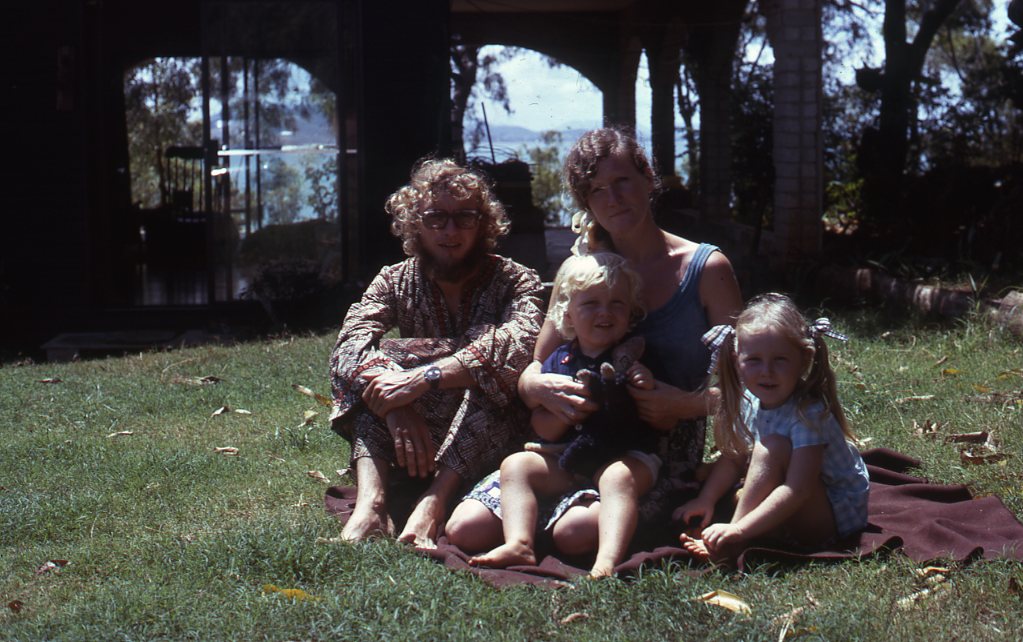
Fortunately, early in my dietetic career, I took an interest in a then radical diet: the Feingold Diet. Feingold popularised the idea that artificial colours, flavours, preservatives and a related food chemical, salicylate, caused hyperactivity in children. Working alongside a psychologist who found a copy of this diet in 1975 meant that I cooked the allowed foods for my family in preparation for testing this diet with some of our patients. I was surprised that this new diet actually reduced some of my own symptoms, but did not change all of them.
That is when I began my research into this diet for both my own cluster of symptoms, and working with our first group of families with hyperactive children. I had to stop eating many favourite foods, especially those that included tomatoes, most fruit and my much loved mint lollies. Perfumes were excluded so I had to put away the previously enjoyed perfumes in all my cosmetics, my husband’s aftershave, and our small children’s bubble bath.
I watched changes in myself at the same time as the psychologist and I were hearing what our patient group of families were finding. I also had a growing group of private patients as word of the Feingold Diet became known. I recorded changes in those families particularly where they reacted to foods, such as chocolate, which were not early diet exclusions. I remember testing eating chocolate over one day and becoming very car-sick that evening, having a bad headache and making many typing errors the day after.
In 1975 the very idea that diet could affect children’s behaviour or sleep was controversial. Perhaps that was what made it so interesting for me. Even as a dietitian I presumed additives were inert substances that made little difference. I listened to my patients and watched my own cooking and what happened to my symptoms. I experimented on myself, and collected every bit of information on the research into the Feingold Diet. I learned that the diet itself needed adjusting for my patients and in the background I monitored what foods I reacted to myself. I noted which foods people reported causing reactions and what symptoms diet changed. The story of my research is told in my first book “Are You Food Sensitive?”. Now, for the first time, after over forty years of work specialising in the area of food sensitivity, I will let you all know the story of my own food sensitive life as it developed from my infancy. You can read posts as I put them on my site over the next months.
Thank you Joan for starting this sharing of your personal story. It makes such a difference to know you have experienced these challenges yourself and are speaking from the viewpoint of a personal lived experience. I look forward to hearing more!
Thanks for hearing my story! If you live to 100 you will still be finding more about yourself.
Thanks Joan. Looking forward to your upcoming blogs.
your story sounds a bit like me! but I am 70 now and still working it out!
Jennie